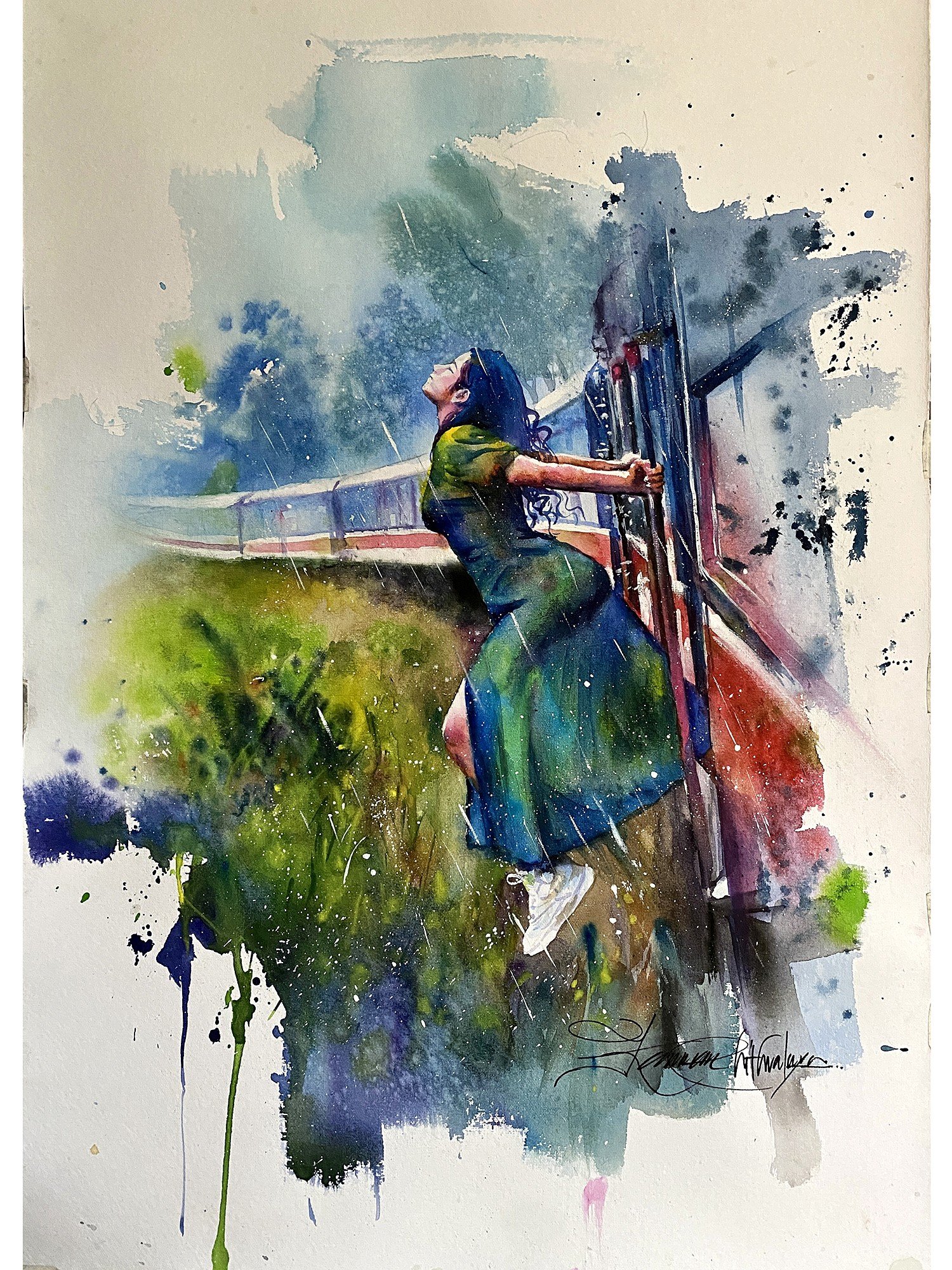I. Introduction: The Allure of Loose Watercolor Painting
Loose watercolor painting, a style characterized by its fluidity, spontaneity, and the embrace of chance, has long captivated artists and art enthusiasts alike. This approach to watercolor allows for an expressive, impressionistic rendering of subjects, where the focus shifts from meticulous precision to the emotional impact and atmosphere conveyed through the interplay of colors, textures, and brushstrokes. By embracing the medium’s inherent transparency and unpredictability, loose watercolor techniques offer artists a unique means of creative expression that transcends mere representation and delves into the realm of artistic interpretation. In this article, we will delve into the world of loose watercolor painting, examining its defining characteristics, exploring various techniques, and discussing its potential for fostering individual artistic voice and emotional resonance.
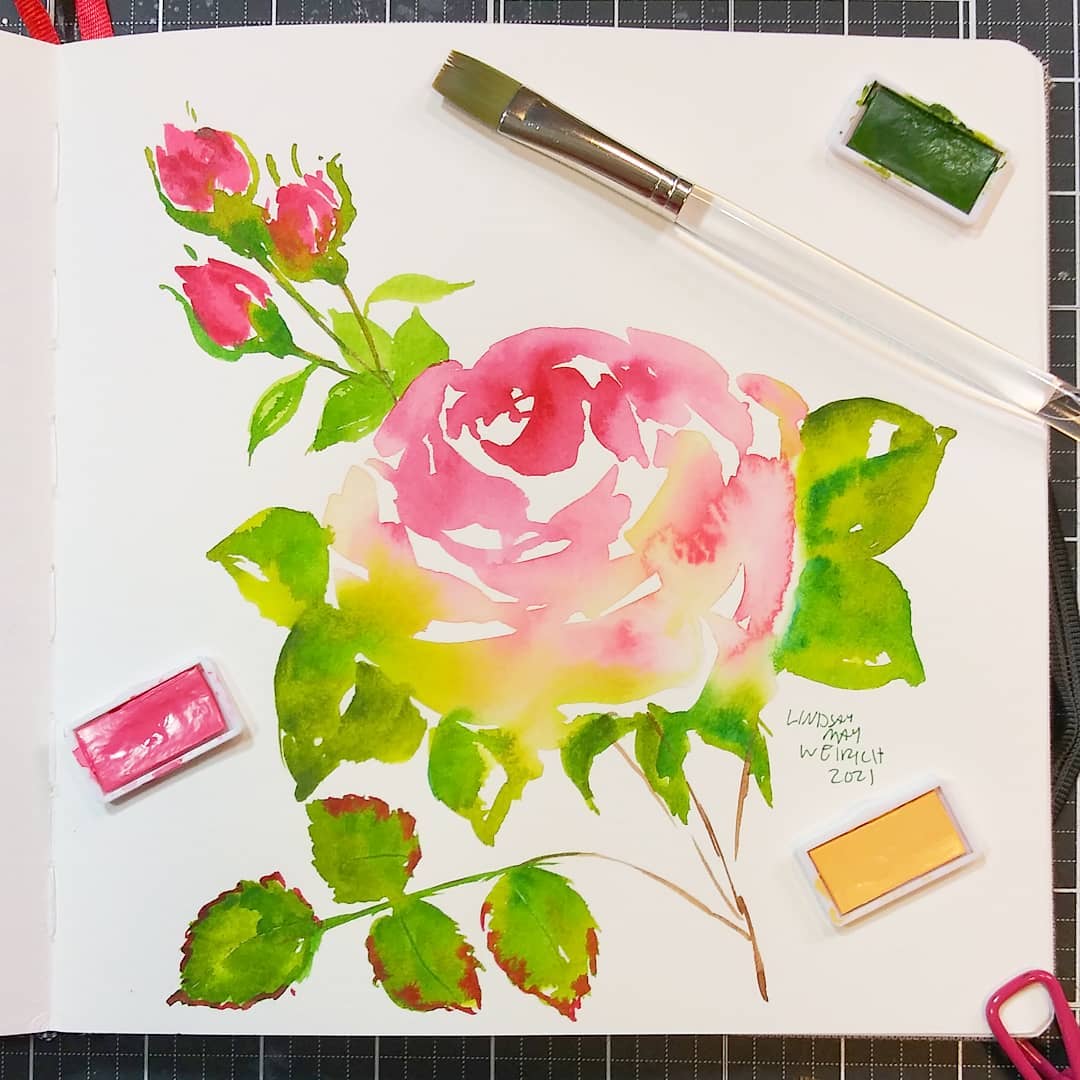
II. Understanding the Fundamentals of Loose Watercolor
A. Embracing Transparency and Layering
At the heart of loose watercolor lies the medium’s distinctive transparency, which enables the creation of luminous, ethereal paintings. Artists working in this style often begin with light washes, allowing the white of the paper to serve as a key element in their compositions. As layers are added, colors blend and interact, creating depth and complexity without sacrificing the sense of airiness that defines loose watercolor. This layering process also invites the artist to respond intuitively to the developing image, adjusting subsequent washes based on the visual cues provided by the drying paint.
B. Harnessing the Power of Wet-on-Wet Technique
The wet-on-wet technique is a cornerstone of loose watercolor, enabling artists to exploit the fluid nature of the medium. By applying wet paint onto a moistened surface, colors bleed, merge, and diffuse organically, producing soft edges, gradients, and unexpected patterns. This technique encourages spontaneity and serendipity, as the artist relinquishes some control over the outcome, allowing the water and pigments to guide the painting’s evolution. Mastering wet-on-wet painting involves understanding the nuances of timing, dilution, and color interactions, all of which contribute to the creation of visually captivating and emotionally evocative works.
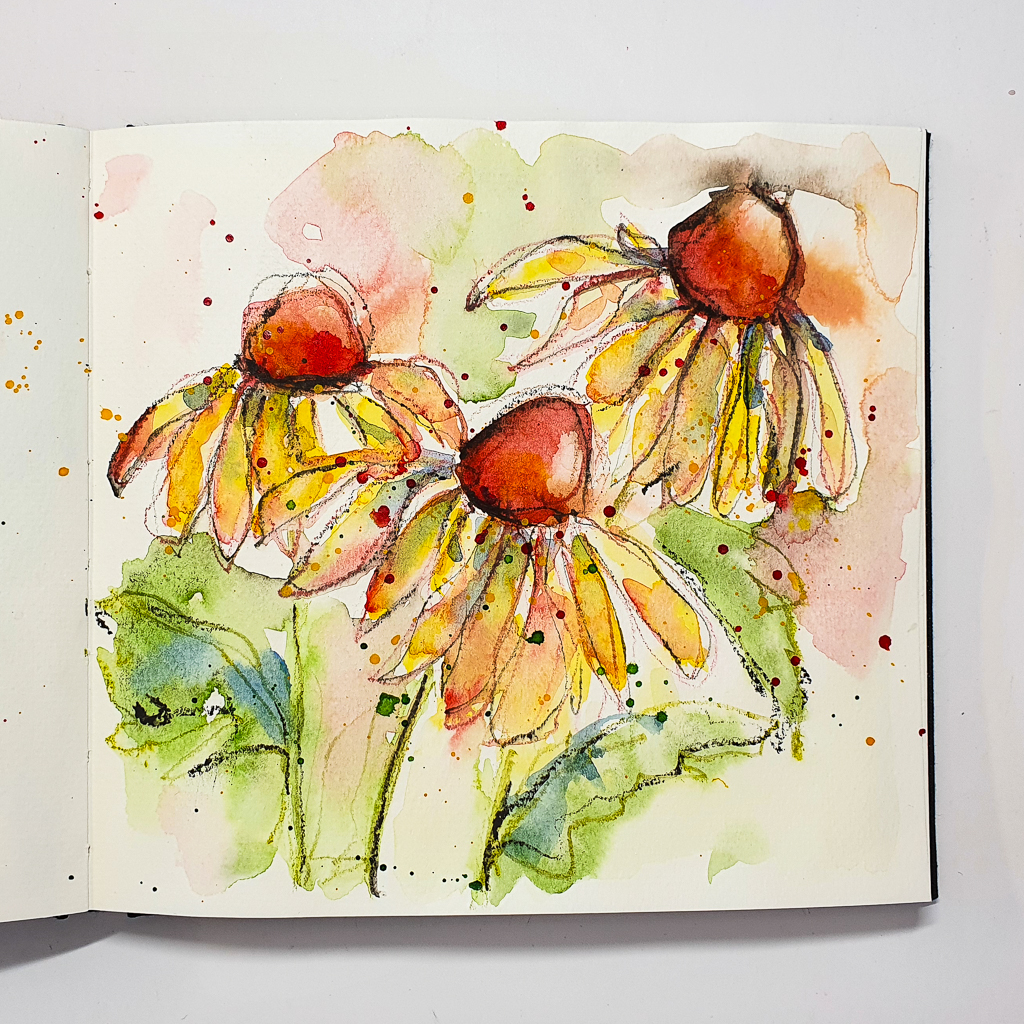
III. Exploring Various Loose Watercolor Techniques
A. Color Glazing and Washes
Color glazing involves applying multiple transparent layers of paint, allowing each to dry before adding the next. This method enables artists to build depth, intensity, and richness of hue without muddying the colors. Glazes can be used to subtly shift the mood of a painting, create a sense of atmosphere, or enhance the illusion of three-dimensionality. Similarly, graded washes—where the intensity of color gradually fades or intensifies across the paper—can be employed to suggest distance, light, or shadow, further enhancing the illusion of space within a loose watercolor composition.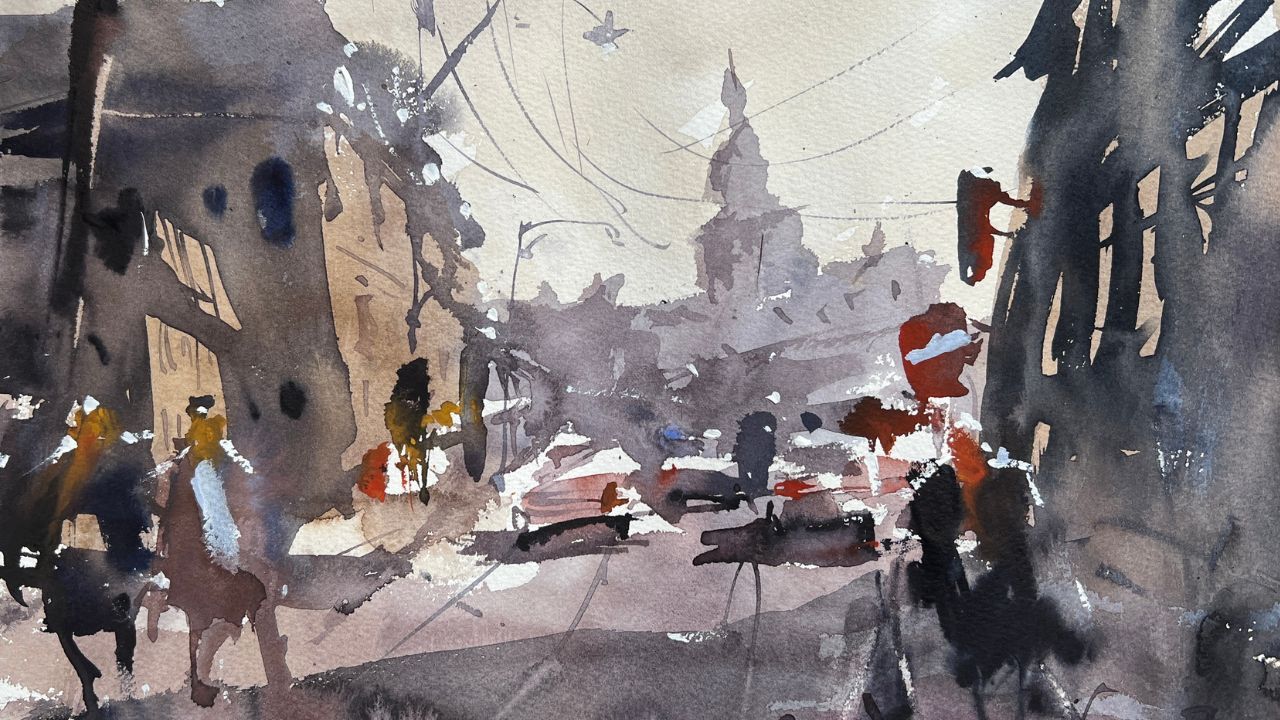
B. Dry Brush Strokes and Textural Effects
While wet-on-wet techniques dominate loose watercolor, the strategic use of dry brushwork can add interest, contrast, and a sense of tactility to a painting. Dry brushing involves using a minimally loaded brush on a dry surface, resulting in broken, sketchy lines and textural marks. These can be used to suggest texture (e.g., foliage, rocks, or weathered surfaces), create emphasis, or introduce a sense of movement and energy. Additionally, incorporating salt, cling film, sponges, or other unconventional tools can yield intriguing textural effects that contribute to the overall expressiveness of the artwork.
IV. Developing Personal Style and Expressive Voice
Loose watercolor techniques, by their very nature, encourage artists to explore their individual creativity and develop a unique artistic voice. As painters experiment with different methods, they learn to trust their instincts, embrace imperfection, and find beauty in the unexpected. This process fosters self-expression, as artists learn to convey their emotions, perspectives, and personal narratives through the language of loose watercolor. Moreover, the medium’s versatility allows for seamless integration of diverse influences, whether drawn from nature, personal experiences, or other art forms, resulting in paintings that are both visually compelling and deeply personal.
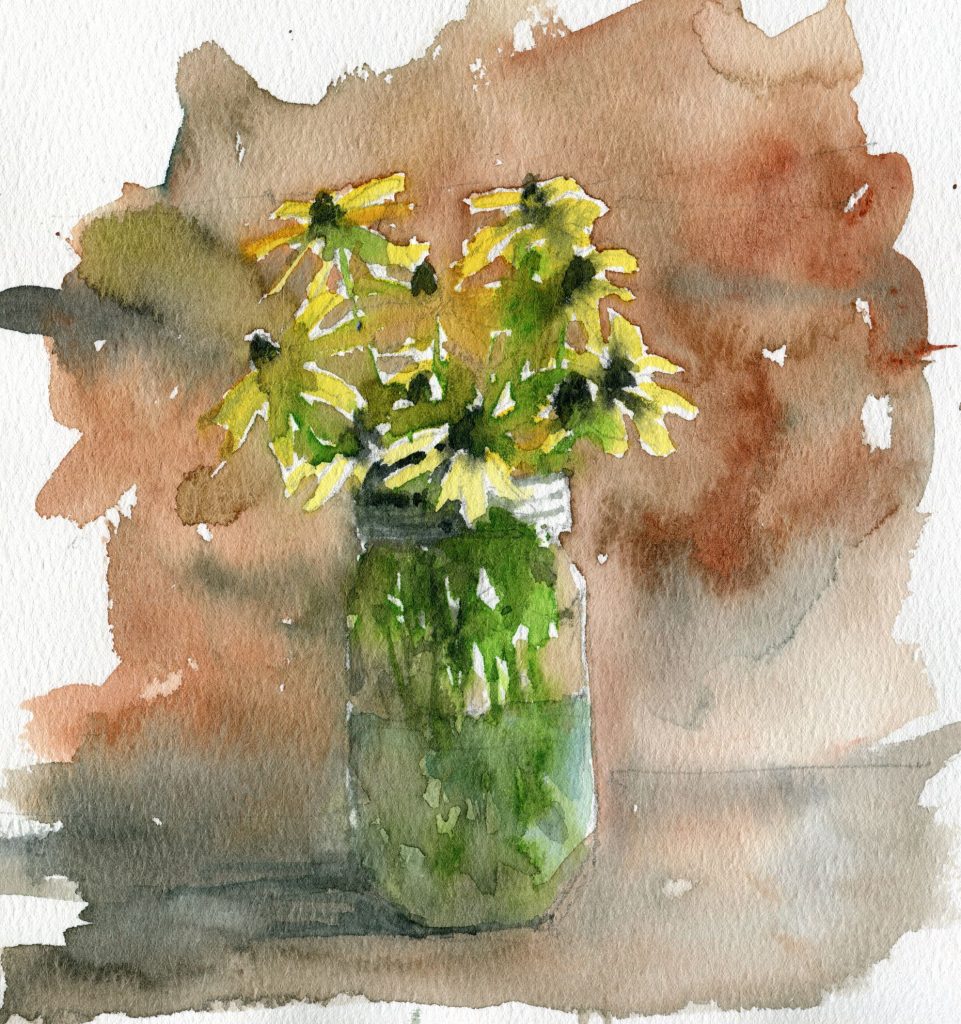
V. The Benefits of Practicing Loose Watercolor Painting
Engaging in loose watercolor painting offers numerous benefits beyond the creation of visually stunning artworks. It is a practice that promotes mindfulness, cultivates patience, and enhances problem-solving skills. Here, we explore these advantages in more detail:
A. Cultivating Mindfulness and Relaxation
Loose watercolor painting requires a heightened awareness of the present moment, as artists must carefully observe the interaction between water, pigment, and paper. This attentiveness fosters mindfulness, encouraging artists to fully immerse themselves in the creative process and temporarily set aside external distractions. The gentle, flowing nature of loose watercolor techniques can also promote relaxation, providing a therapeutic outlet for stress relief and mental rejuvenation.
B. Developing Patience and Acceptance
Working with a medium as unpredictable as watercolor necessitates patience and an ability to adapt to unexpected outcomes. Loose watercolor painters learn to embrace the surprises that arise during the painting process, cultivating a mindset of acceptance and flexibility. This attitude extends beyond the canvas, as artists may find themselves better equipped to handle life’s uncertainties with grace and resilience.
C. Enhancing Problem-Solving Skills
Loose watercolor often presents challenges that require creative solutions, such as salvaging a wash gone awry or finding ways to convey form and depth without relying on tight detail. Overcoming these obstacles hones the artist’s problem-solving abilities, teaching them to think critically, experiment bravely, and make informed decisions under pressure. These skills can be transferred to other aspects of life, fostering a more resourceful and adaptable approach to various situations.

VI. Learning and Growing as a Loose Watercolor Artist
For those eager to embark on the journey of loose watercolor painting or refine their existing skills, there are numerous resources and approaches to support their growth:
A. Studying the Masters
Delving into the works of renowned loose watercolor artists, both past and present, can provide invaluable inspiration and insights into technique, composition, and color theory. By closely examining their paintings, artists can learn how masters of the genre effectively utilize transparency, layering, negative space, and other key elements to create impactful and emotionally resonant works.
VII. Conclusion: The Enduring Appeal of Loose Watercolor Painting
Loose watercolor painting, with its fluidity, spontaneity, and capacity for emotive expression, offers artists an unparalleled avenue for creative exploration and self-discovery. By embracing the medium’s transparency, harnessing the power of wet-on-wet techniques, and skillfully utilizing negative space and minimal detail, artists can craft paintings that resonate with viewers on both a visual and emotional level. As artists continue to push the boundaries of this dynamic style, loose watercolor remains a vibrant and ever-evolving testament to the enduring allure of expressive artistry.





